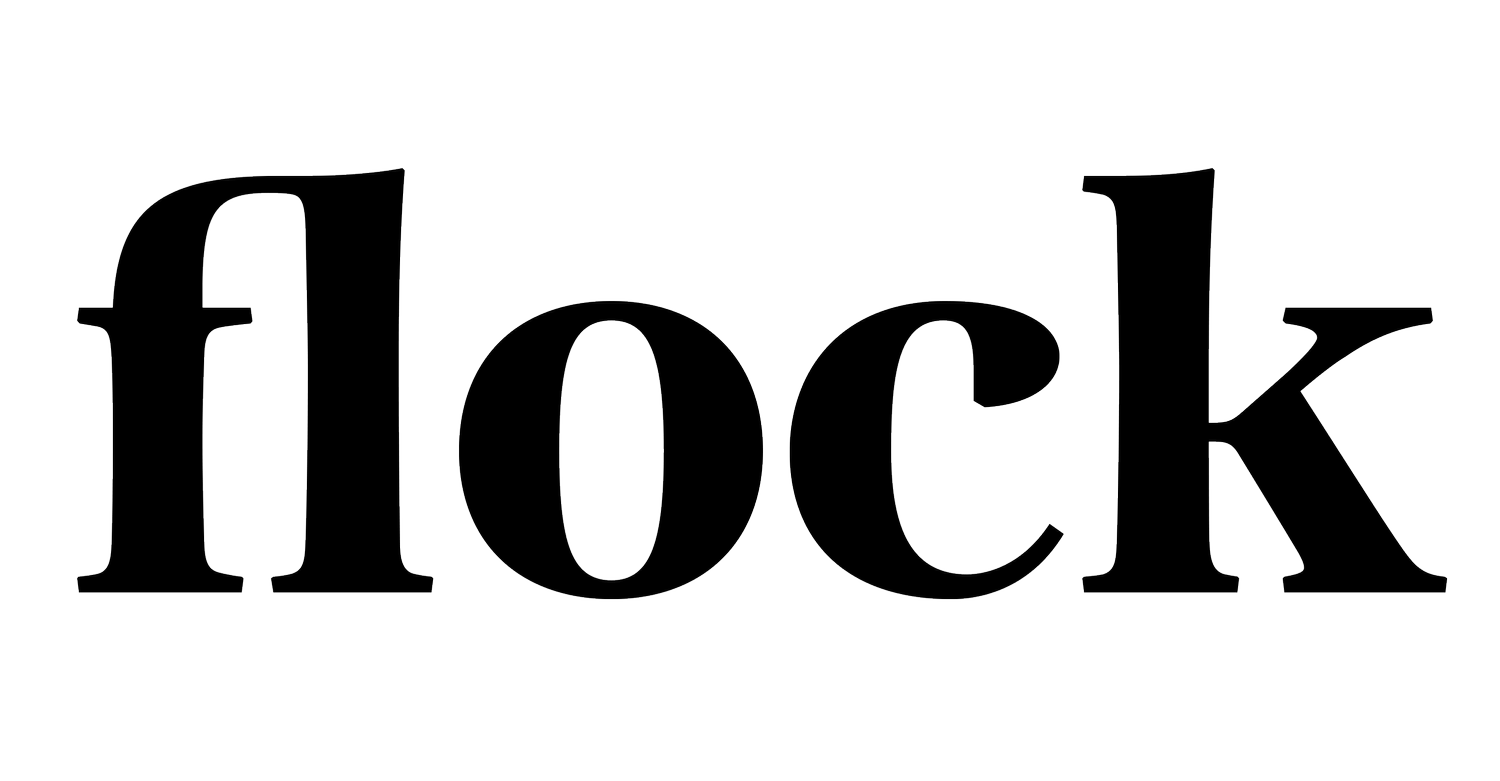Ten Uses for Stitch Markers
Stitch markers are one of the most useful accessories that you can have as a knitter. They come in loads of different shapes and sizes, from simple closed rings, to split rings or opening stitch markers that look like safety pins. There are loads of beautiful handcrafted and novelty stitch markers available too, which can all add beauty and interest to your project while you work on it. Often you’ll be told when to use markers in the pattern, but these hard working little gadgets can come in useful in so many knitting situations. We’ve listed our top ten below, and would love to know how many you’ve tried and if you have any other suggestions that we’ve missed.
1. Marking the beginning of a round when working on circular needles
If you’re working in the round on a circular needle, chances are you won’t have much to indicate the beginning of the round. Often referred to in patterns as the BOR (beginning of round) marker, a stitch marker is a convenient way to keep track of where your round starts. This is especially useful if you need to count rounds or follow a colourwork or stitch pattern. I like to colour code my markers, and choose one that really stands out to be the BOR marker.
2. Indicating pattern changes, repeats or different sections of a garment
The most common use for stitch markers. You can pop one in to keep track of any time there is a repeat in the pattern motif, or a point where you need to switch to a different stitch or motif. Also great for keeping track of different sections, e.g. sleeves in a circular yoke sweater.
3. Marking the right side of your work
If you’re working a piece of knitting flat in any stitch that looks the same (or similar) on both sides, a stitch marker is a really useful way of marking which is the right side. You’ll need an opening stitch marker for this one, and attach it in a way that it can’t work itself through to the wrong side.
4. Counting stitches when casting on
It can be a real drag counting (and then checking) hundreds of stitches when casting on for a garment or a larger accessory such as a shawl or a blanket. But you don’t actually have to! Simply place markers every ten stitches as you cast on and you can easily count how many stitches you have without actually having to count them individually.
5. Marking mistakes
Mistakes happen! And it’s not always convenient to fix them right away. You can use opening stitch markers to secure dropped stitches while you work back round to pick them up, or to mark other mistakes that you want to come back and fix later.
6. Securing work while seaming
Opening stitch markers can be usedpe to secure two edges together whilst you seam them. They’re also useful for holding two edges that are going to be seamed together at the end of a project (e.g. underarm stitches) while you are working on the rest of the garment, so that the stitches don’t stretch out of shape.
7. Portioning an edge for picking up stitches
When you have a certain number of stitches to pick up evenly, such as around a neck or sleeve opening, it’s helpful to portion up the seam into sections (e.g. quarters or eighths) so that you can ensure the picked up stitches are evenly spread out.
8. Marking increases or decreases
If you need to increase or decrease stitches in the same place every row, or every other row, for example on a raglan sweater or the gusset of a sock, it’s really helpful to mark this point with one stitch marker on either side of the increase or decrease stitch. You can also use opening stitch markers to mark increase or decrease rows, which is useful for counting them. I like to place a marker on every decrease row when I knit a sleeve, and then swap the markers over to the second sleeve as I’m knitting it to ensure that both sleeves end up the same size.
9. Counting Rows
Place a marker every five or ten rows as you knit a garment so that you can easily count how many rows or rounds you have completed.
10. As a progress keeper
Pop an opening stitch marker into the first stitch when you start knitting and leave it there - you will easily be able to see how much progress you have made.
Shop Stitch Markers
We stock a range of different styles of stitch markers in our online shop. Here are some of our favourites.







